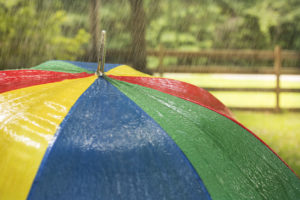CURRENT MONTH (November 2018)
Professional Responsibility
Declining Bar Passage Rates Raise Questions
By Keith R. Fisher
The pass rate for the July 2018 California bar exam was a mere 40.7%, down from 49.57% the year before. New York, another jurisdiction with a reputedly difficult exam, had a pass rate of 63%, down from 68% the preceding year. The pass rate for the February 2018 California Bar exam notoriously hit an all-time law; only 27.3% of those who sat for the exam passed it. (This is a blended rate: The pass rate for first-time takers was 39% and only 23% for retakers).
Bar passage rates are lower this year in many places. Connecticut’s was 55%, down from 70% in 2017, and several other states had summer 2018 bar passage rates below 60% (e.g., Alaska, Arizona, Maryland, Nevada, and New Jersey). Nationwide, according to the National Conference of Bar Examiners, the multistate exam pass rate is the lowest in over 30 years.
It may be premature to characterize this evidence as a “trend,” but in the absence of any evidence that bar exams have become more difficult, perhaps it is time, as the profession hurtles toward a Uniform Bar Examination with nationwide applicability (over half the states plus D.C. have adopted the UBE), to consider some fundamental questions. What do the various bar exams test, and are they a reliable metric of success in the legal profession? Are the people now sitting for the bar less qualified than those of yesteryear (and if so, why)? Are perverse economic incentives causing too many law schools to admit students with slim chances of passing the bar?






